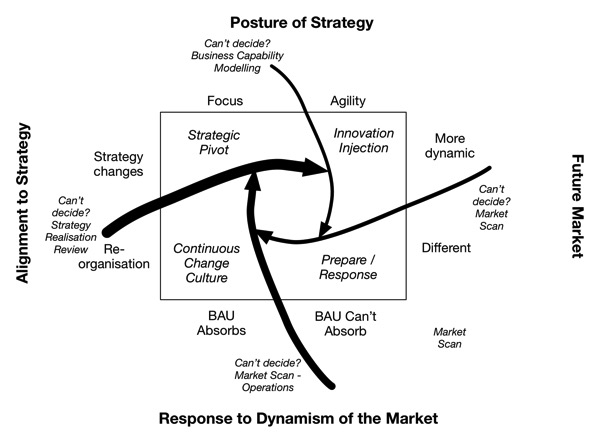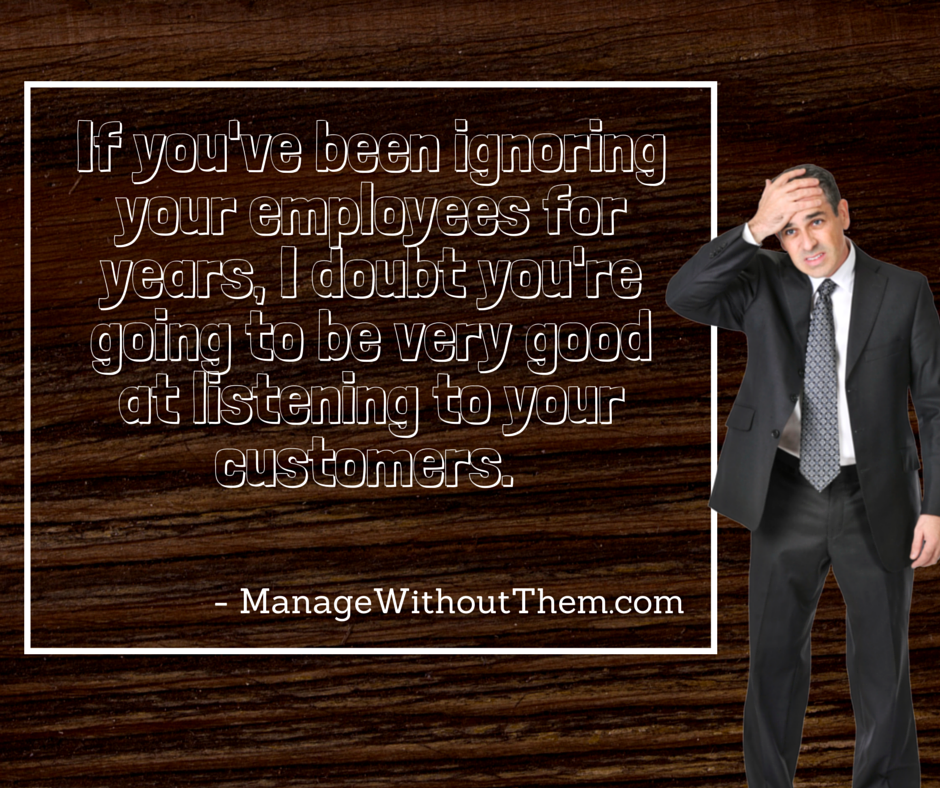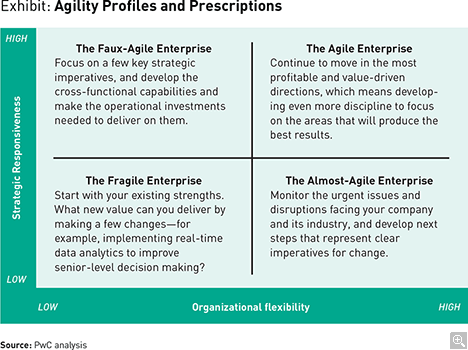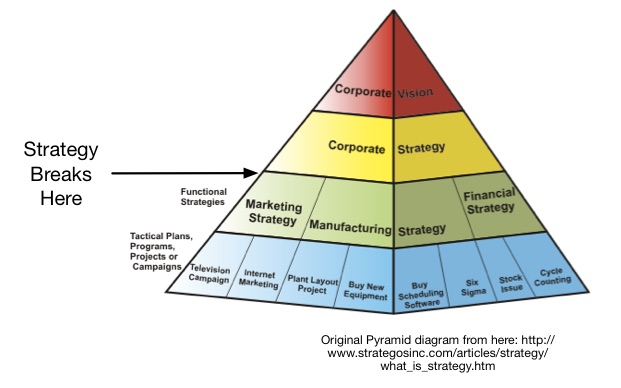I find this interesting. The meals themselves have changed dramatically – but from the graph the resources haven’t changed that much at all. It seems like all theses grains for example are now just spread out into our meats etc. Same too with the less palletible meats – used industrial food processing perhaps.
“Diet. We have a tendency to romanticize “the good old days” of fresh foods and home cooked meals. Yet when you look at what the majority of people were actually eating on an average day in 1930, it looks considerably less appealing: fresh vegetables in season, yes, but the rest of the year it was grain, milk, more grain, beans, and cuts of meat, like salt pork and calf’s liver, that most Americans won’t touch today. Bread and milk was an actual meal that many people ate for supper, and not because it was homey and charming, but because most people could not afford the rich diet of the modern American.”
From: http://www.cato-unbound.org/2015/03/04/megan-mcardle/its-complicated-hopeful
Graph also from above article:
Worth a watch – a well defined “collaboration architecture” :
The book is also good.
Or rather, data management is the new decision-making logic….
http://www.wsj.com/articles/data-is-the-new-middle-manager-1429478017
(As always, Google the article title to get the full text)
This is the topic I have in mind for the June boardroom seminar. I’m not planning to start pulling together the presentation until we agree this is a suitable topic for a seminar. So can you please let me know if it makes the cut?
Topic: The Information Side of the Enterprise Design Equation Summary (early draft):
“In the last 40 years the IT industry has grown from being essentially a hobby to being the driver of competitive advantage and customer intimacy. “Digital” is the new way to engage with tech-savey, mobile, millennials who switch brands faster than you can update your apps.
But the way we deliver technology-enabled business transformation still treats technology as a hobby, and customer experience as a “user problem”. Large corporations still spend too much of the program budget on planning, governance, and politics whereas a start-up would simply build a minimal viable product to prove their business model with real customers.
But the problem is deeper than that. Large corporations shouldn’t mirror start-ups. In fact, corporations who plan to compete based on what they can achieve in a 4 week “sprint” are destined to fail. Large corporations need to compete based on their core competencies and unique, hard-to-replicate capabilities – just like they always have.
The challenge is understanding that very little of what currently underpins a corporation’s competitive advantage is actually “hard to replicate”. It will always be easier to copy an existing business capability than it is to build it from scratch. Corporations can acquire people, process excellence, and technology easily and from the most competitively priced global markets.
The only exception is “information”. Organisations generate unique and specific information sets during the course of operating their day-to-day business. To the extent that each business is unique, the information that they produce is unique. With uniqueness comes competitive advantage.
This seminar will help you uncover the information that is unique to your organisation and to then exploit that information to your competitive advantage. It’s simple. It’s agile. And it’s deeply embedded into the way your organisation delivers value to its customers. Learn how you can drive value from your information assets.”
Regards,
Matthew De George
Principal Consultant
SMS Management & Technology
+ Empowering Business
M 0416 275 237 matthew.degeorge
About SMS
SMS Management & Technology is a leading Asia-Pacific consulting, technology and managed services firm. DESIGN > BUILD > OPERATE
I love this:
http://www.strategy-business.com/article/00316?pg=all
If we just ensure “mechanisms in place for sensing potentially disruptive forces and taking advantage of them before the competition” (Strategic Responsiveness) and forget “ the company needs to be able to retool and rework the most necessary activities, often within a few weeks or months” (Organisational flexibility) we are missing the point of digital transformation.
I would suggest anybody who is purely focusing on improving “agility” – and forgetting the hard work of actual change – is in the “Faux-Agile” quadrant. You’ll recognise them by their constant “you don’t get it” refrain.
Slides 18, 19, 20 in particular are very interesting
You’ll find yourself focused on one of the following types of transformational change:
- Strategic Pivot
- Continuous Change Culture
- Innovation Injection
- Prepare / Response
- Make a decision along each edge
- If you can’t make a decision perform the recommended step
- Choose the quadrant where your highest concerns converge
- Follow the arrow to determine order of sub-initiatives

The original pyramid diagram is from here.
The above view is a not uncommon view of how corporate strategy is supposed to be translated to execution.
The problem is that arbitrary conversion to “functional strategies”. Increasingly, the functional organisation is dead.
So why translate corporate strategy to functional strategies?
Instead, translate corporate strategy to business capability strategies as per the MWT/Transforms approach.





